This is the third installment in my series from my travels in Taiwan this summer.
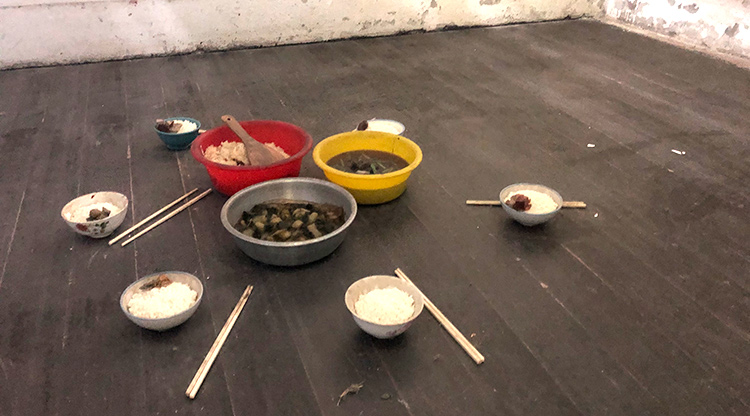
How much do Taiwanese people love to eat? So much that even a museum dedicated to commemorating the injustices of the island’s forty-year period of martial law includes many exhibits involving food.
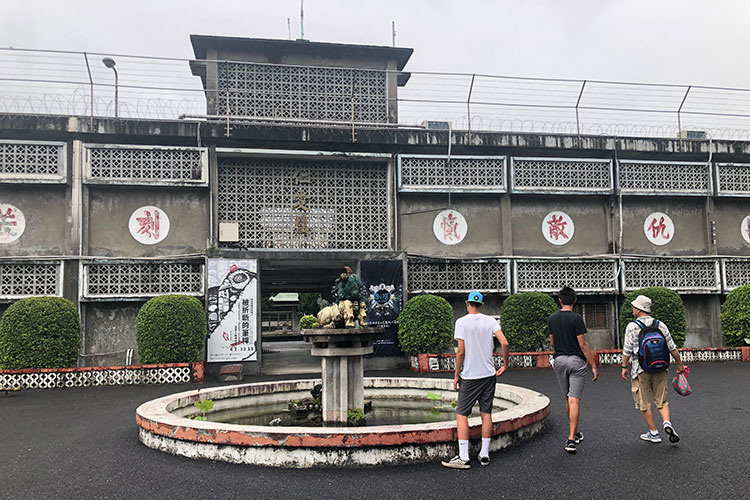
This is the White Terror museum, located in New Taipei City. Originally a military training ground, it was turned into the Jing-Mei prison for suspected political dissidents in the 1970s.
In case you aren’t familiar with the term ‘White Terror’–and most people outside of certain political or academic Taiwanese circles haven’t heard of it–the term refers to the forty-year period that the island was under martial law imposed by the Kuomintang, or Nationalist Party, that fled China when the Communists took control.
While growing up, I only heard hushed bits and pieces about this life in Taiwan, the fear was so pervasive even among immigrants in America. In fact, I think I subconsciously put off writing this post because it felt a little dangerous, and also because I worry that I can’t possibly do it justice.
But I’ll do my best to give a brief explanation of this history: During the White Terror period, which included the time of my parents’ childhoods in Taiwan, uniformed soldiers patrolled the streets. Any activities that might be considered undermining the government could be punishable. Minor infractions, such as speaking the Taiwanese language in public might invoke a fine. More serious allegations, such as reading about Marxism or democracy or talking about Taiwan independence could land a person in a jail like this one. Some people simply disappeared without a trace.
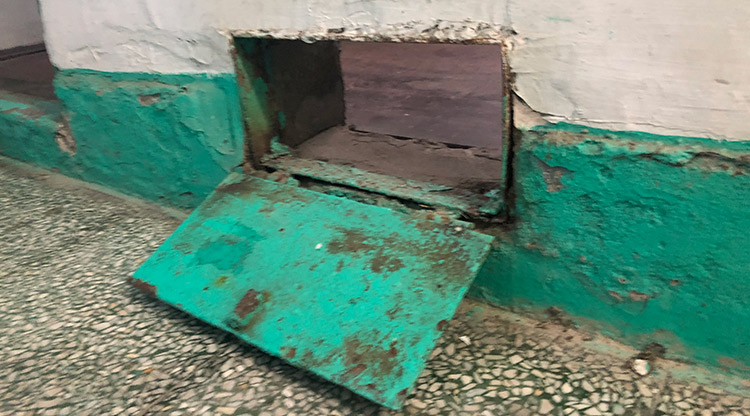
I’ve visited other jails turned into museums, such as Alcatraz Island in San Francisco. But I can’t think of any other historic prison that showed this many examples of how detainees ate (as well as how the washed their clothes and other mundane daily tasks).
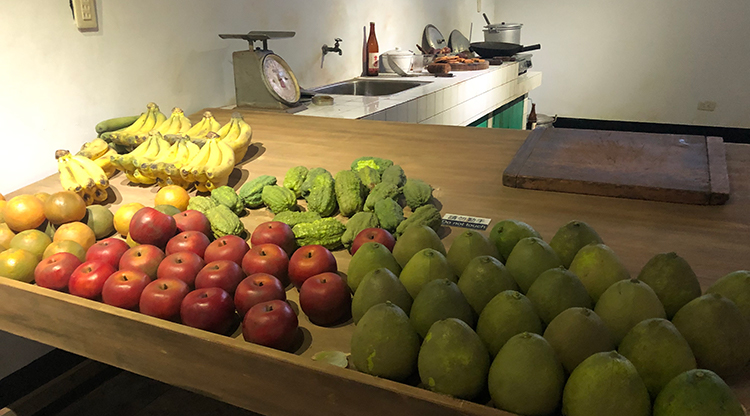
There’s a visitor’s center, complete with the telephones separated by bars, where family members can talk briefly with their loved ones. There’s also a small shop, where visitors can buy small gifts for the prisoners, such as soap or fresh fruit.
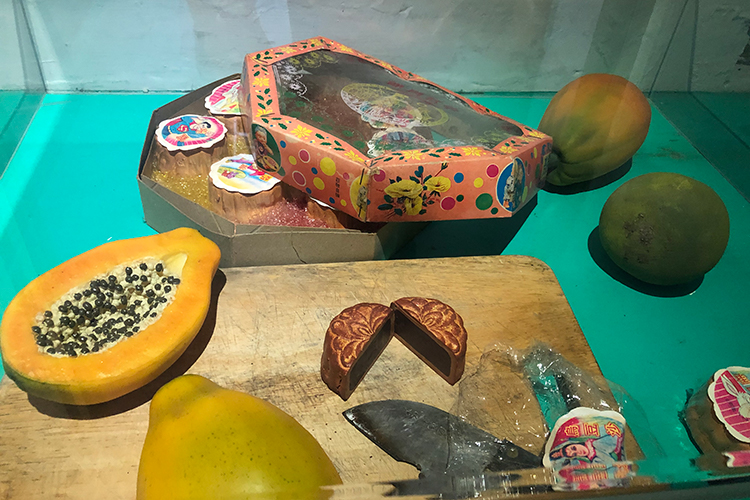
And there’s also a display showing how wardens would then cut open those edible gifts, fruit or pastries like the box of mooncakes shown above, to make sure there was no proverbial saw hidden in the cake.
We only spent an hour or two at the White Terror museum, but it was a profound experience, more than I can adequately express in this blog post. This visit opened up a lot of emotions for me that I will continue to reflect upon for a long time.
Taiwanese are not known for being emotionally demonstrative. And that’s why I’m so touched by these glimpses into how the prisoners lived and ate and how their family members showed their love.
For learn more about the White Terror, read:
My review of the movie ‘Formosa Betrayed’
Shawna Yang Ryan’s novel Green Island
Read the first two installments from my 2019 visit to Taiwan:
Part I: Eating All the Things
Part II: Getaway to Kenting
Thank you for reading!
